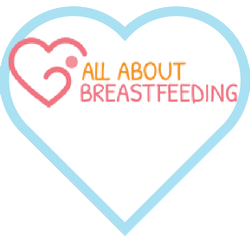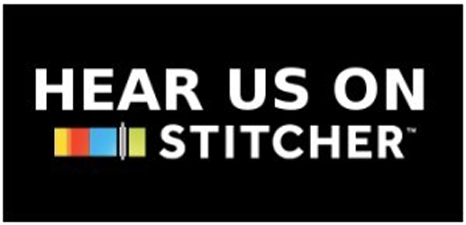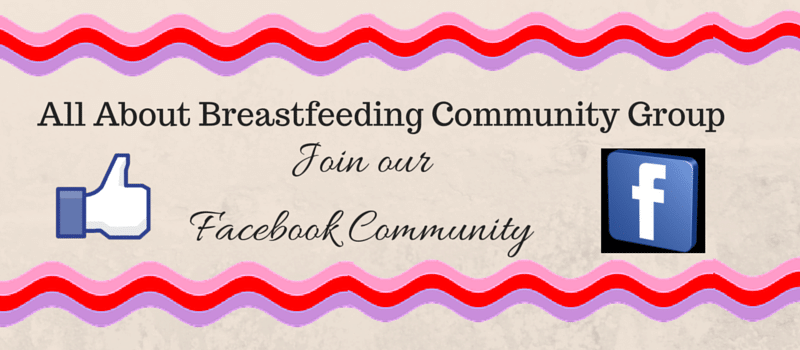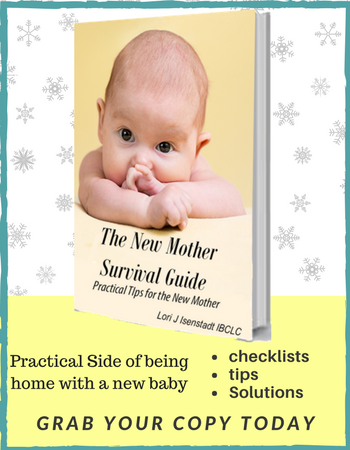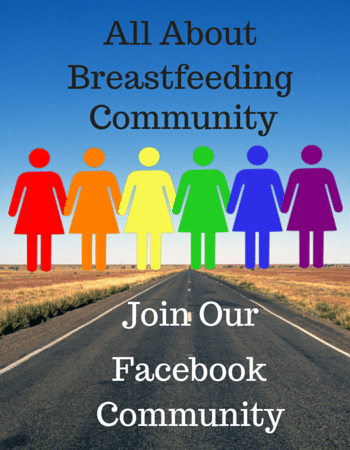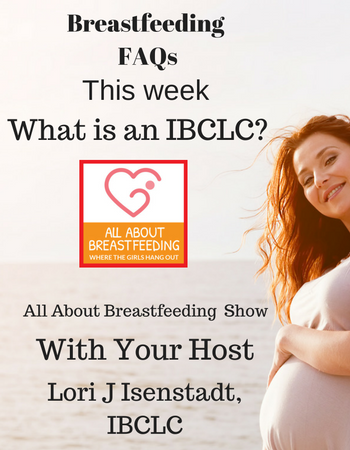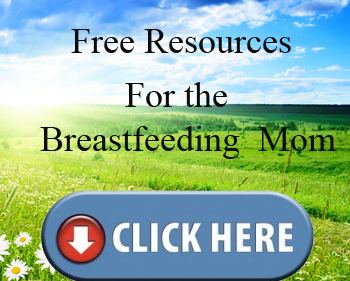
Today’s Podcast
episode
Listen Here
Welcome to All About Breastfeeding Podcast Page
Here You Will Find Access to All My Podcasts
Pam White:
“The midwife told me to take a toothbrush and to brush my nipples to get them toughened up for breastfeeding. I remember thinking that doesn’t make any sense to me and I am not going to do that.”
Her Story.
Her Bio:
In 1981 after my first daughter was born, I pursued midwifery by attending a school in northern Arizona and apprenticing with both midwives and doctors in Arizona and the Caribbean to gain hands on experience.
I then became an Arizona Licensed Midwife in 1984, the same year I gave birth to our second daughter, and have enjoyed a full homebirth midwifery practice in Arizona since.
Our third daughter was born 3 years into my practice and our fourth came to us as a late blessing in 2000. Babies are always a blessing even at the age of 46.
Through the years, I have been fortunate to have been involved with a wonderful community of midwives, attending many educational conferences and social gatherings in Arizona and across the country, both as student and teacher. I have taught neonatal resuscitation skills since 1992 and have been blessed to help many midwifery students with their apprenticeships. In addition, I have been challenged to help develop testing and licensing procedures in both Arizona and nationally.
As I have been catching babies for many years, midwifery has become a lifestyle for me. One of my favorite things about this work is the wonderful relationships I have been fortunate to develop with so many diverse and extended families throughout Arizona. I learn from every woman I work with and look forward to every birth I attend.
Midwifery Community
Her Background:
Pam is the 2nd of five children. She has 3 younger brothers. Her parents, who have since passed, were married for 60 some years. She grew up in the 3 state area of Colorado, South Dakota and Wyoming. Pam left the area when she was 13, but her heart is always in Wyoming as she as quite a bit of family who still live there. She says that she comes from a very corn fed family. There were lots of farmers and entrepreneurs. Her grandmother grew up in the depression and was very frugal. Although they did not have much money, she always felt well taken care of and says she led a very idealistic lifestyle. Pam was very frugal herself, babysat and saved her money for what she wanted.
Becoming a midwife: Growing up she knew nothing about midwives or birth – it was just not on her radar. However, she remembers one incident that makes her look back and think that she was always that sort of person who could be a midwife. She remembers her mother being pregnant with her youngest brother, who is 14 years younger. It turns out he was breech. When her mother was in labor, her father had gone outside to change the oil in the car. Not sure what he was thinking, but that is what he did. So her mom is pacing around the house waiting for him to come get her and Pam remembers thinking – we could have the baby here, we could do this – It’s all good! For a young girl to be saying we could actually do that right here, is a very big thought. She did not know he was breech at the time, but that would not have mattered as she just thought it would be cool and she was quite comfortable with these thoughts of her mother possibly giving birth at home. She gives her mother thanks for giving her that good solid “birth is okay
Was Pam Breastfed?
Pam was not breastfed. Her mother started off breastfeeding her older sister, who was 11 months younger than Pam. She was told that her breastmilk was not good enough, so she stopped breastfeeding very quickly and then never breastfed Pam or her younger siblings. This was the 1950s!
She was told that her milk doesn’t look rich enough – it does not have that cows milk rich look to it and from that perspective, one could understand why
Breastfeeding her kids:
Pam has 4 daughters. Her oldest daughter was born in 1981. It was a planned homebirth and it was just a given that she would be breastfeeding because it was normal in her community. Her midwife had told her to take a toothbrush and brush her nipples to prepare for breastfeeding. Pam said that it made no sense to her, so she did not follow these instructions. Her baby had a good latch and breastfeeding came easy to her.
She was living in Phoenix at the time of her first pregnancy. Phoenix was the second state to get licensed for midwives in 1975-76. There was a very large home birth community in Arizona at the time and there were a lot of home birthers. The community was very home birth and breastfeeding friendly. She feels very fortunate for the community she was living in.
Pam had good breastfeeding experiences with all four babies. She breastfed them all a little bit longer, as she matured with breastfeeding. Her first daughter she breastfed for just a little under 2 years, her second just a little over 2 years. her third daughter she breastfed until she was 3 and her fourth she breastfed until she was 4 1/2 years old. Her daughters all loved breastfeeding so much that Pam jokes that they would still be breastfeeding if she didn’t cut them off!
Pam is a grandmother:
She has a new grandson, who is happily breastfeeding. He was born in March and Pam is happy to announce that she has another grandbaby due in October. Her grandson was born at 8 lbs 2 oz . The birth went well and Pam says that her daughter did awesome. She had some help with breastfeeding from a lactation consultant in the beginning and now at 6 weeks, he weighs 12#s. Pam laughs as she says that her daughter asks her: Do you think I am doing well with breastfeeding? We had a good laugh about this because, of course, he is gaining well over and above the average, so of course, she is doing great!
What is the best part about being a grandmother:
Seeing her daughter have her eyes open to so many things that you can’t see without being a mother.
Mothering opens your eyes and I think she looks at her family a little different now, even at this early stage.
She loves seeing the growth in her daughter. She loves her baby so much and she wants to be so perfect for her baby.
Pam talks about how she incorporated breastfeeding education into her practice:
She initially asks during her history taking whether they plan on breastfeeding. A majority of her clients are planning on breastfeeding. She then asks additional questions that are related to breastfeeding such as breast surgeries or injuries or medication they are taking. She mentions breastfeeding classes and suggest they can take classes if they like. She talks to them about referrals to lactation consultants if they do have any issues. Pam keeps the discussions about breastfeeding positive and keeps the discussion going throughout all the prenatal visits.
Pam works with students and she suggests that they do some reading on breastfeeding and encourages them to attend lactation consults if one of their clients need help with breastfeeding. Many of her students are moms themselves and they can offer help and advise to her clients.
How does Pam go about helping moms initiate breastfeeding?
She really likes the baby to come right onto the moms chest for skin to skin. She likes to stay hands off initially and just allow the mom and baby to be together. She does offer some verbal support as the mom relaxes and enjoys her baby and offer the breast. She likes to help moms be relaxed. Pam wants to see the babies breastfeeding within the first 2-4 hours after birth. She keeps a close eye on things for the first 24 hours as she knows how important this window of time is to ensure that babies begin breastfeeding well.
Pam feels she is really good with early breastfeeding and the basics. However, if a mom and baby is struggling, she is happy to refer a mom to an IBCLC. I have worked closely with some of Pams clients and I enjoy our working relationship. Pam knows how to tell when babies are breastfeeding well and when it is not going well and is the first person to refer to an IBCLC when moms need help.
What are some things that Pam observes with her clients with the current breastfeeding environment?
She sees more tongue tied babies than she use to see in her early practice. She also sees more challenges that moms seem to have with breastfeeding. She also observes that there is more “mother guilt” and high pressures that moms put on themselves than they use to.
Pam’s tells us about her thriving midwifery practice in Phoenix, AZ:
Her nephew is the first birth that she attended. Her sister-in-law had her 2nd baby at home. Before this, Pam had never been at a birth before. He is 39 years old now. I was very attracted to midwifery at that birth. I talked to the midwife about wanting to go into that field and she was very discouraging. She suggested that I go the hospital nurse midwife route. Pam said though that this is not what she really felt she wanted to do – not the space she wanted to be in.
She waited until she had her first baby about a year later, she got involved in the homebirth community and their was a school in Northern Arizona that was the first school in the United States that was funded by the government. They were trying to increase the presence of midwives in rural areas. Midwives came from all over the state to attend. She was the second class to graduate and this was the last class to graduate. There has not been a standing school in Arizona since that time. Pam is grateful for her apprenticeship which included working with physicians out of the country and midwives here in Arizona. This helped to broaden her learning experience and she saw quite a bit.
After she graduated and passed the State exam, she opened up her practice. It was built on flyers and word of mouth and the first year I had 8 clients. It was a different time with no internet and they used pagers because there were no cell phones.
How did Pam incorporate a homebirth midwifery practice with being a mom:
The women she worked were having babies and often helped each other out. The parents just seemed to be very flexible and more relaxed years ago then they are now. They were very forgiving about having kids with her. On the homefront, Pam’s husband was self employed and the flexibility he had with his job enabled him to be a partner in the household.
Pam talks about insurance being easier and the fees for a home birth as well as a hospital birth being reasonable.
Her fees when she started out were $400.00. That was the going rate. The circles of women who had homebirths were having 7,8,9 babies and that is not happening so much these days.
What is the one thing in her midwifery bag that she has now that she didn’t have then?
She pretty much carries the same things. However, the equipment for resuscitation was larger than it should have been because we were using adult equipment. She began teaching resuscitation in 1992 and that was the very beginning of the resuscitation process that we have today that is the golden standard around the world. She trains many of the midwives in the state today on out of hospital neonatal resuscitation and the things that I have in my bag are different now then they were then and the knowledge that we have is greater than years ago. We are able to help babies that need help so much better now.
What are the top 2 questions new clients as you about birth?
What happens if something happens? Parents want to know that there is a Plan “B” if there is an emergency.
Who can be at the birth?
is it going to be messy?
Follow-up care:
Pam feels like this is an area that moms need better follow up. She has had experiences where she feels the mom has great support and things are going well, she also realizes that things are not always what they seem. Because of this, she works hard to stay well connected to the moms after the usual 6 week follow up meeting and lets them know they can always contact her.
A few last words from Pam about her practice:
Pam would like parents to know that she is truly very family centered. She is there to help them with there unique concerns and situations. She loves the opportunity to really get to know and work with families and some of the relationships continue well after the birth.
How to contact Pam:
website:
www.azbirthathome.com
cell phone:
602-390-2808
email:
pamwhitemidwife@gmail.com
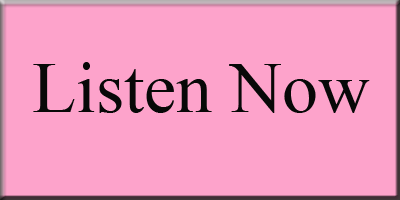
listen Now
Lori J. Isenstadt, IBCLC
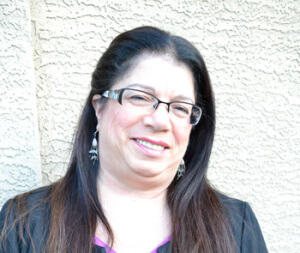 Lori Jill Isenstadt, IBCLC is a huge breastfeeding supporter. She has spent much of her adult life working in the maternal health field. Once she became turned on to birth and became a childbirth educator, there was no stopping her love of working with families during their childbearing years. Lori became a Birth doula and a Postpartum doula and soon became a lactation consultant. She has been helping moms and babies with breastfeeding for over 25 years. Lori founded her private practice, All About Breastfeeding where she meets with moms one on one to help solve their breastfeeding challenges. She is an international speaker, book author and the host of the popular itunes podcast, All About Breastfeeding, the place where the girls hang out. You can reach Lori by email at: aabreastfeeding@hotmail.com or contact her via her website: allaboutbreastfeeding.biz/contact
Lori Jill Isenstadt, IBCLC is a huge breastfeeding supporter. She has spent much of her adult life working in the maternal health field. Once she became turned on to birth and became a childbirth educator, there was no stopping her love of working with families during their childbearing years. Lori became a Birth doula and a Postpartum doula and soon became a lactation consultant. She has been helping moms and babies with breastfeeding for over 25 years. Lori founded her private practice, All About Breastfeeding where she meets with moms one on one to help solve their breastfeeding challenges. She is an international speaker, book author and the host of the popular itunes podcast, All About Breastfeeding, the place where the girls hang out. You can reach Lori by email at: aabreastfeeding@hotmail.com or contact her via her website: allaboutbreastfeeding.biz/contact
Submit a comment
your email address will not be published
